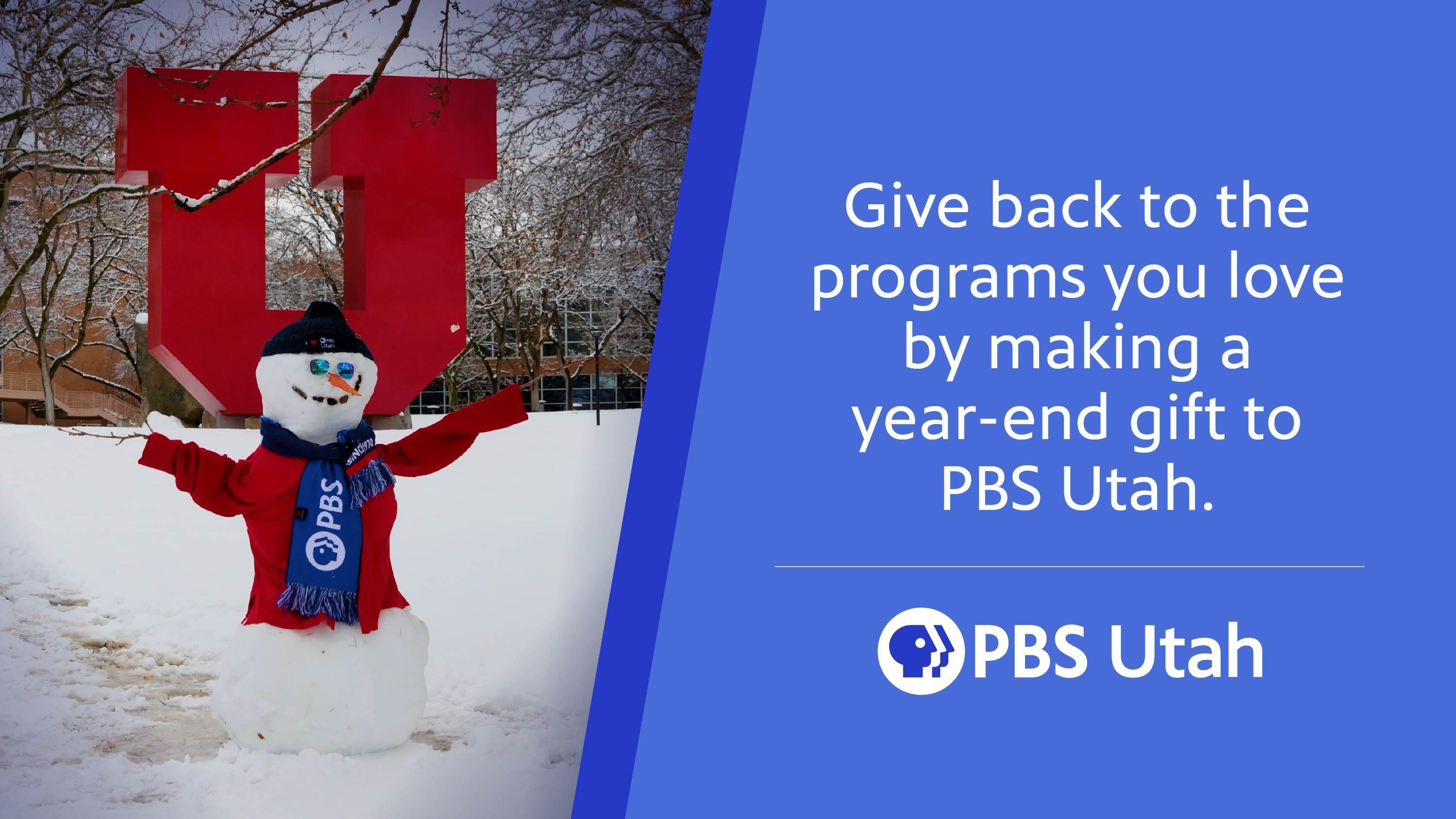Surrounded by mountains, lakes, desert and salt flats, the Wasatch Front has always had a limited amount of farmable land. Now, as suburban development encroaches on the remaining farmland, many family farms are closing.
KUED looks at the disappearance of local family farms and what that means to Utahns in A Changing Harvest by Utah filmmaker Frank Feldman.
The film tells the stories of four local farmers — their lives, struggles and successes. Tim Crandall, a fifth grade teacher and orchard farmer in Orem, farms on 15 acres of land in the middle of a residential area that grew around his family farm. “He loves working on a farm and raising his kids there,” says Feldman.
Thayne Taggi, a CPA turned “orchardist,” and his wife Cari, farm 70 acres in Perry and Willard, Utah. They distribute their produce to 12 produce stands in the Salt Lake valley. “They’re the business people in the film,” says Feldman. “They understand the business side of it.”
To meet consumer demand for locally grown, organic produce, a new generation of farmers has begun working small tracts of land wherever it can be found—on lots nestled in suburban areas, in neighbors’ backyards and in remaining agricultural areas where residential development looms ever closer.
Adam Diehl, a backyard farmer in Midvale, is involved in Community Supported Agriculture in which consumers can buy a share of his produce for the season. In Diehl’s case, that means heirloom fruits and vegetables like eggplant, potatoes, onions, garlic and squash that are much like what the pioneers ate. Originally from Wisconsin, Diehl farms five different backyards of friends and neighbors on a total of a quarter acre. From that, he supplies 35 families with their fruits and vegetables for the summer. He sells the excess produce at the Tuesday night Farmer’s Market in Pioneer Park.
The pressure to sell their land is hard for some farmers to resist, especially when property values along the Wasatch Front are so high and when selling can be far more lucrative than the income crops bring in. The Steed Family Farm in Syracuse, which covers 100 acres, is about to sell because development is looming. “They’re going to cash in,” says Feldman. “That’s what eventually happens. Sooner or later, someone is going to cash in on the value of the property.”
The Crandalls in Orem, on the other hand, are still holding out, despite offers to buy their land for $200,000 an acre. “They want to see the farm go on to the next generation,” he says, “even though their kids would most likely have to take other jobs to support being an orchardist.”
The film explores why some hold onto the family farm and the implications of selling. “Our farmable land is along the Wasatch Front. When we lose that land, we aren’t going to have any agriculture left. It’s conceivable that this area of land could be completely developed. We’re pushing these farmers out by making their land so valuable they can’t afford it anymore.”
To extend the stories beyond broadcast, KUED filmed and solicited stories from a variety of Utahns, which are posted online at kued.org/harvest. Ashley Patterson, executive director for Wasatch Community Gardens, talks about the importance of community shared gardens and growing local food. Derek and Mohammed from Laziz Foods, stress the importance of working with local markets and distributors for their products.
Kathie Chadbourne, owner of the Avenues Bistro, talks passionately about the garden-to-table concept of her unique restaurant that operates on her philosophy of “community, conversation and cuisine.” Stacey Board, of Holladay Honey, says she keeps bees not just for the honey, but also as much-needed pollinators. Slow Food discusses the importance of teaching school children about where their food comes from.
